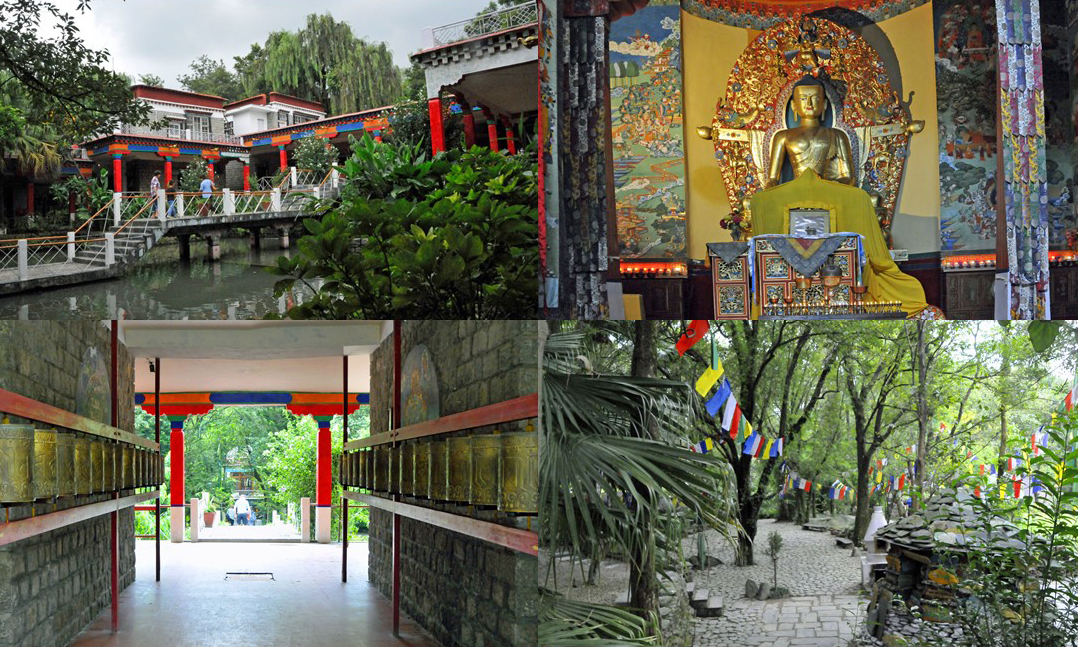The Norbulingka Institute, near Dharamsala in northwest India, provides an opportunity to learn about Tibetan Buddhism and to see Tibetan artworks with their creators.
In 1959, after an unsuccessful revolt against Chinese control, Tenzin Gyatso, the 14th Dalai Lama, fled Lhasa, Tibet, with a small entourage. They settled in McLeod Ganj, a former British military town in the mountains above Dharamsala, where the Dalai Lama, thought by Tibetan Buddhists to be the latest reincarnation of Avalokiteśvara, the bodhisattva of compassion, established a government in exile. Tens of thousands of Tibetan refugees subsequently settled in and around McLeod Ganj. In 1988, to provide employment for the refugees and to ensure the preservation of Tibetan artisanship, the exile government’s Minister of Religion and Culture and his wife founded the Norbulingka Institute, named for the Dalai Lama’s former home in Lhasa. In 1995, the Dalai Lama dedicated a site 10 miles southeast of McLeod Ganj as the Institute’s home. The 7-acre site now includes a library, offices, workshops and a temple, all built by Institute workers in traditional Tibetan styles.
Today, the self-sustaining Institute employs about 300 artisans, creating religious statues and other works of art according to ancient and sacred Tibetan designs and proportions. Their extraordinary handiwork is evident in the temple, which features a 14-foot-tall gilded-copper statue of the Buddha, the largest of its kind outside Tibet. The Institute contains Tibet’s only national museum, with 160 dolls in traditional Tibetan dress. Visitors can eat Tibetan food in the Hummingbird Café, purchase art in the showroom or relax in the Japanese-style garden, strung with Buddhist prayer flags. Those so inclined can spin the cylindrical prayer wheels flanking the entrance, each of which contains a Buddhist mantra. Buddhist tradition holds that spinning the wheel can have the same beneficial effect as reciting the mantra.



